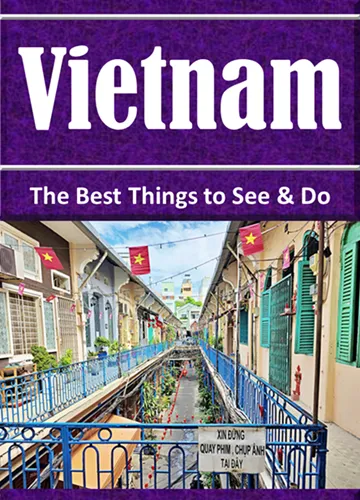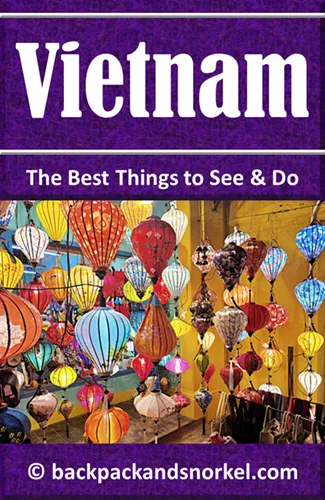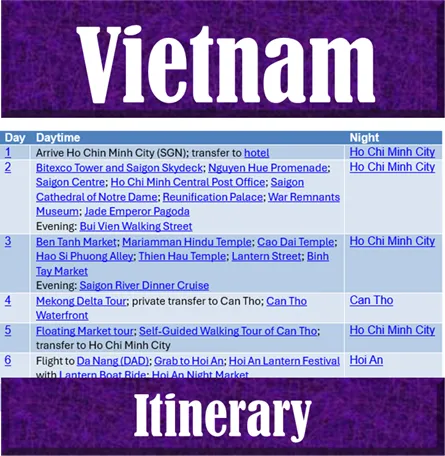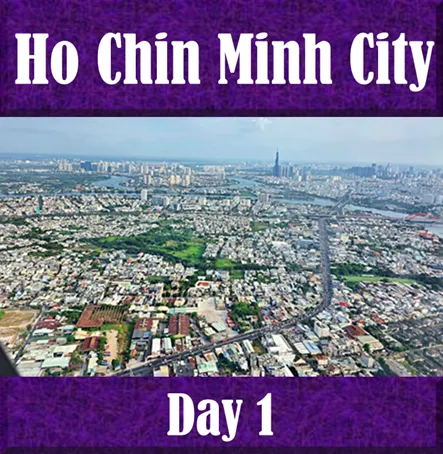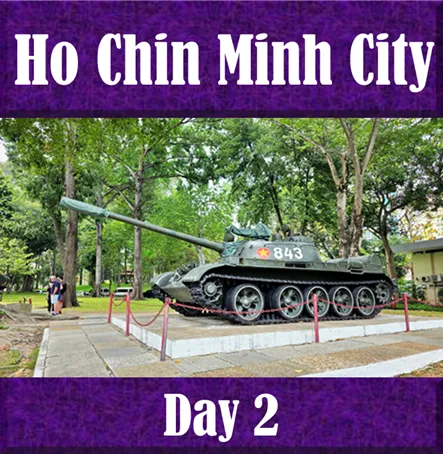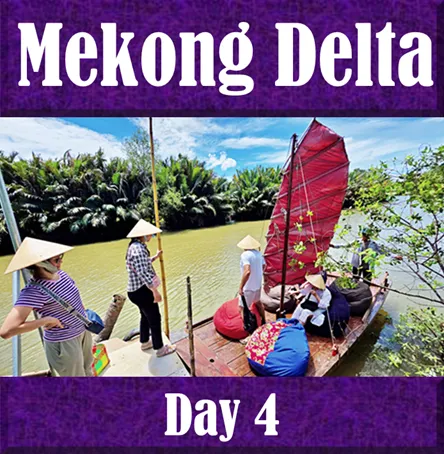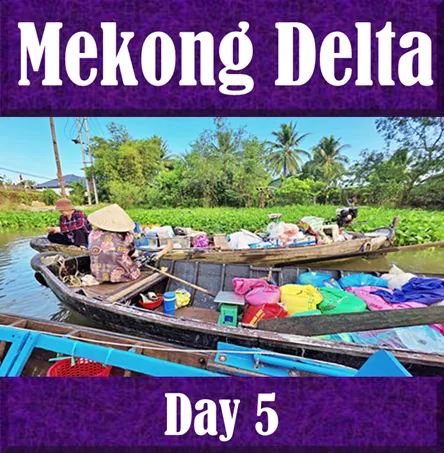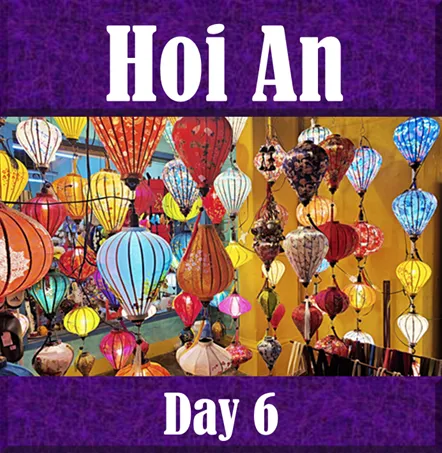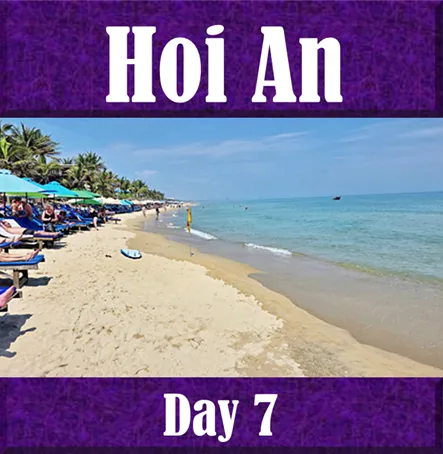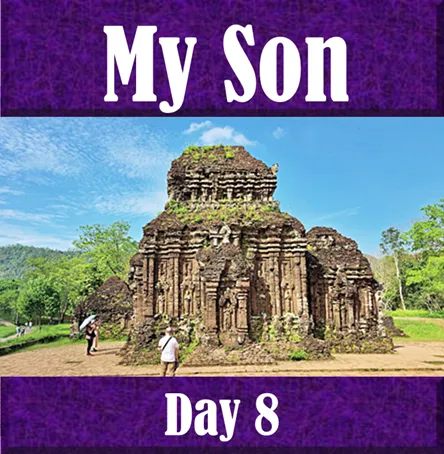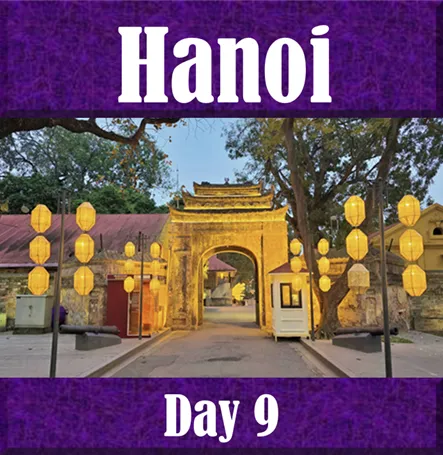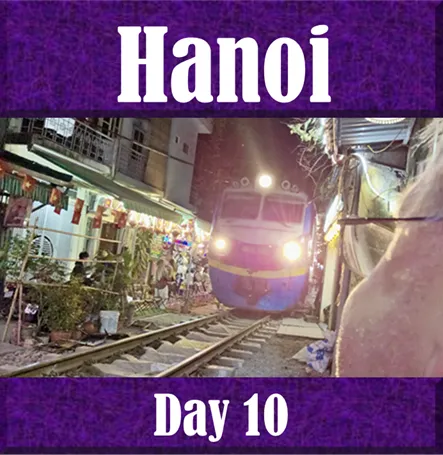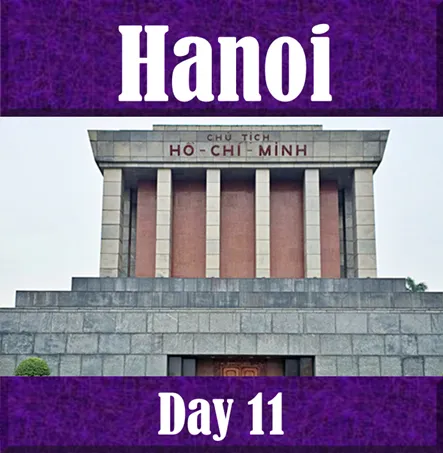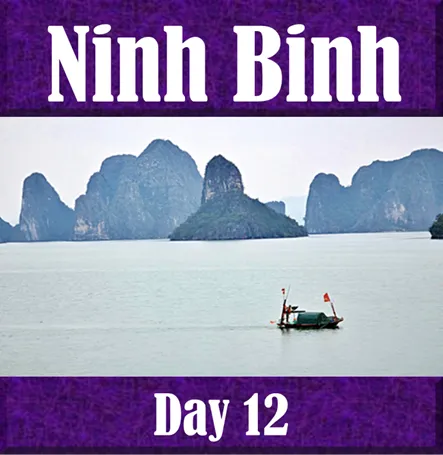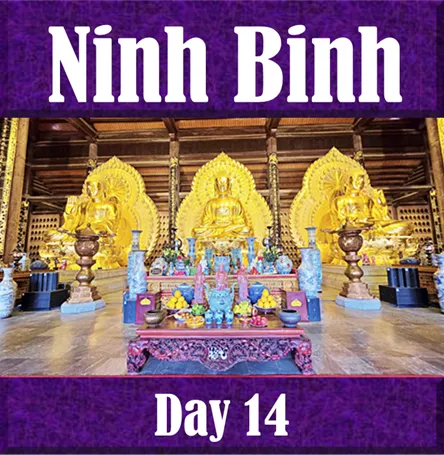Hanoi Opera House: A French Architectural Gem & Cultural Guide | Vietnam Purple Travel Guide
(map, reviews, website)
This is Premium Content! To access it, please download our
Backpack and Snorkel Purple Travel GuideOpening Hours (Public Tours): Typically 10:30 AM – 12:00 PM on select weekdays (check in advance)
Admission:
Guided Tour: ~120,000–400,000 VND (depending on package)
Tickets to Performances: 300,000 VND and up (depending on event)
Overview of Hanoi Opera House
Towering gracefully over Hanoi’s French Quarter, the Hanoi Opera House (Nhà hát Lớn Hà Nội) is one of Vietnam’s most iconic and elegant colonial-era buildings. Modeled after Paris's Palais Garnier, this grand neoclassical structure is a testament to French architectural ambition and Vietnamese cultural resilience. Completed in 1911, it has hosted everything from French operas and classical music to revolutionary meetings and modern ballet.
Today, it serves as the cultural heart of Hanoi, a venue for symphony concerts, Vietnamese opera, traditional music, and international productions. Whether you attend a show or simply admire the architecture, the Opera House is a must-see for culture lovers, architecture buffs, and history enthusiasts.
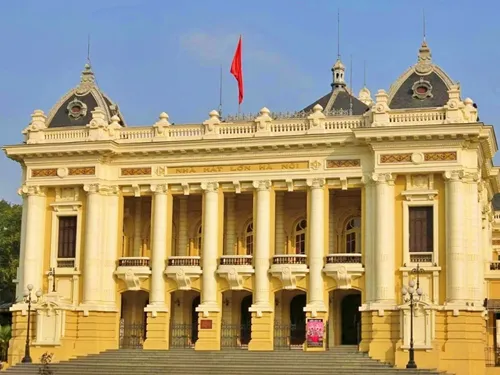
Historical Background of Hanoi Opera House
Colonial Conception and Construction (1899–1911)
During the French colonial era, the administration sought to ‘civilize’ and reshape Hanoi in the image of a European capital. The construction of the Hanoi Opera House was part of this broader urban transformation that also included wide boulevards, villas, and administrative buildings in what is now known as the French Quarter.
Architects: Broyer and Harlay designed the opera house, drawing direct inspiration from the Palais Garnier in Paris, though scaled down and adapted for Hanoi’s tropical climate.
Construction Challenges: The opera house was built on marshland — engineers had to drive thousands of wooden stakes deep into the wet ground to create a stable foundation. This process delayed the construction and made it one of the most expensive projects of its time.
Opening Year: 1911, after 10 years of construction.
The Opera House quickly became a cultural hub for colonial society. French operas, chamber music, classical drama, and dance were performed exclusively for European audiences — elite Vietnamese were sometimes invited, but ordinary citizens had no access.
The Venue for Revolution and National Identity (1940s–1950s)
By the 1940s, the tide of colonialism was turning.
During World War II, Japanese forces briefly occupied Hanoi and used the Opera House for entertainment and propaganda events.
August 1945: Following Japan’s surrender, the Viet Minh (Vietnamese independence movement) seized control of Hanoi. On August 19, a mass rally took place in front of the Opera House — part of the historic August Revolution that led to the Proclamation of Independence by Hồ Chí Minh just weeks later.
In the First Indochina War (1946–1954), the Opera House was used by Vietnamese artists and political organizations for patriotic performances and as a space for revolutionary gatherings.
Post-Independence and Socialist Period (1954–1980s)
After the defeat of French forces at Dien Bien Phu in 1954, Hanoi became the capital of North Vietnam, and the Opera House underwent a symbolic reorientation:
Western operas gave way to Vietnamese revolutionary operas, like Cô Sao, the first opera written by a Vietnamese composer.
Traditional music and dance were performed alongside Soviet-style ballets and orchestral works.
The building also hosted state events, political assemblies, and cultural exchanges with allies such as the Soviet Union and China.
During this time, the Opera House became a stage for national identity and artistic experimentation, despite limited resources and periods of neglect.
Restoration and Revival (1995–2000)
By the 1990s, the Opera House was deteriorating and in need of major restoration.
A comprehensive renovation project began in 1995, funded by the Vietnamese government with French technical assistance.
The restoration focused on:
Repainting and re-gilding the ceiling murals and moldings
Repairing the ironwork and marble elements
Installing modern lighting, sound, and stage systems
Preserving original French architectural details
Reopened in 2000, the Opera House became once again a premier venue for both Vietnamese and international cultural events.
What to See Inside of Hanoi Opera House
If you join a guided tour or attend a performance, you will get access to the richly decorated interior:
Highlights Include:
Grand Lobby & Staircase: Crafted in Italian marble, leading up to the main auditorium.
Main Auditorium: Seating over 600 people, with red velvet chairs, gold-leaf moldings, and a lavish chandelier — the setting is intimate yet majestic.
Ceiling Fresco: A painting of muses and mythological figures, inspired by French and Italian styles.
Royal Box (President’s Box): Reserved for dignitaries, marked by lavish detailing and symbolic ornamentation.
Exhibition Rooms (on tour only): Display costumes, photos, and musical instruments chronicling the building’s history.
Visiting Options for Hanoi Opera House
1. Attend a Performance
Check listings at: http://nhahatlon.org.vn or via ticketing partners like Ticketbox.
Events include:
Vietnamese opera and chèo (traditional folk theatre)
Hanoi Philharmonic Orchestra concerts
Ballet and international music festivals
Prices: Generally 300,000 VND – 2,000,000+ VND depending on production
2. Take a Guided Tour
Includes access to the foyer, main hall, backstage areas, and exhibition rooms.
Sometimes bundled with mini concerts or musical demonstrations.
Duration: ~90 minutes
Cost: From 120,000–400,000 VND depending on options
Here at Backpack and Snorkel Travel Guides, we promote self-guided walking tours.
But we realize that not everybody likes to walk by themselves in a foreign city. So, just in case that you rather go with ab guide: NO PROBLEM! Please see the GuruWalk and Viator tours below.
free GuruWalk tours
paid Viator tours
Where do you want to go now?
Author: Rudy at Backpack and Snorkel
Bio: Owner of Backpack and Snorkel Travel Guides. We create in-depth guides to help you plan unforgettable vacations around the world.
Other popular Purple Travel Guides you may be interested in:
Like this Backpack and Snorkel Purple Travel Guide? Pin these for later:

